Mini excavators are extremely popular across multiple industries. From landscaping on residential properties to digging holes on construction sites, they have a wide range of uses. In this article, we will explore exactly what a mini excavator is, where you can use it, and even give you some advice on how to operate a mini excavator.
Mini excavator operators love the flexibility of working with smaller equipment. They are easy to manoeuvre, can handle rough terrain, and perform various tasks. Here’s everything you need to know about these vital pieces of equipment.
What is a mini excavator?
As the name suggests, a mini excavator is a smaller version of an excavator. Since their smaller size makes them more manageable, they are great for jobs where a large excavator isn’t practical. Smaller work sites, digging a series of smaller holes, or situations where access is complicated – are all perfect use cases for a mini excavator.
The components of a mini excavator are reasonably simple, which means repairs are quite easy. They’re very hard-wearing machines anyway, but their simplicity makes them very low-maintenance to own. Not to mention, mini excavators are more easily transported from site to site.
One of the key reasons that people use mini excavators is their manoeuvrability. The house of the excavator can turn a full 360 degrees, which gives you a lot of flexibility in how you use it.
Where are mini excavators mostly used?
Mini excavators are a crucial part of many construction and mining operations. Of course, an excavator’s work would take substantially longer if done by humans. These lightweight and easily manoeuvrable pieces of equipment can work on rough surfaces, fit easily into compact areas, and you can get the job done without impacting the worksite around you.
So, it’s little wonder that they are used in all sorts of industries, such as mining, construction, civil, building, agriculture and more. Here are some of the tasks that people use mini excavators for:
Digging holes
Even reasonably small holes can take a long time to dig by hand. That’s why mini excavators are a great option. They can get into tight areas, and you can easily remove dirt and debris as you dig.
Removing structures
If you’ve got some demolition to do on a reasonably small scale, mini excavators can help. While they can’t demolish large structures, they can handle smaller structures like sheds. It’s much quicker than disassembling a structure by hand, and you can even remove the demolished parts as you go.
Landscaping
You wouldn’t necessarily bring a mini excavator into the average backyard. However, when landscaping larger areas, they make a lot of sense. The manoeuvrability and lightweight size of mini excavators allow them to move around easily without damaging other parts of the garden. The tracks also allow for movement without digging up the grass.
Site clean-up
There are other options for cleaning up a worksite, such as front loaders. However, if you don’t have one of those or you need to clean up smaller areas, you can successfully clear up a site using a mini excavator.
The difference between mini and standard excavators
The difference between mini excavators and standard ones is pretty apparent – their size. Most mini excavators weigh less than 10 tonnes. However, the differences between the two pieces of equipment run a lot deeper than that.
The other key difference is in the flexibility of uses. When you learn how to use an excavator, you’ll realise that it’s a lot easier to change attachments on a mini one. You can also use them for a broader range of tasks, and they’re a lot more suitable for smaller worksites. They can move around sites more quickly than large excavators and take up less space in storage.
Mini excavators can also be loaded onto trailers or utility trucks more easily than a large excavator. Also, we can’t forget the environmental impact. Being a lot smaller, mini excavators leave lighter tracks and present far less risk to vegetation in the surrounding area.
How to use a mini excavator
If you’ve ever wondered ‘how do you operate a mini excavator’, it’s never too late to learn. The tips below are designed to provide you with excavator tips you can follow before you even climb onto the equipment. While we won’t get into specific excavator digging techniques, this guide should allow you to safely operate a mini-excavator and start building your skills.
While you don’t need a specific licence or qualification to operate an excavator, you must demonstrate that you are competent in its operation. The person in charge of a worksite is responsible for ensuring all equipment operators can operate equipment safely and in accordance with all WHS guidelines.
Inspecting the machine before use
Like using any piece of equipment or machinery that you’re unfamiliar with, you should always take some time to read the operator’s manual. With this, you can learn all of the controls and all safety protocols, such as the location of fire equipment.
You can also take time to inspect the mini excavator for yourself. This has dual benefits. Not only is it a chance to familiarise yourself with that particular excavator, but you can also check for any leaks, loose hoses or other hazards that may compromise your safety.
Give your mini excavator a test run
Once used to an excavator, most operators can use them effortlessly. However, if you’re using a new piece of equipment, it pays to give it a test run first. Do this in a safe area, and run through all of the basic functions. Start by driving the excavator around to get a feel for the controls. From there, you can start moving the boom and rotating the cab. Go through as many functions as possible, and repeat them multiple times to get used to the movement and controls.
Get used to driving on tracks
A major part of this practice run should be to get yourself accustomed to driving on tracks. Mini excavators all move on rubber tracks rather than wheels. This can be a little daunting at first if you’ve never operated track-based equipment before. You’ll need to properly understand how these work because movement is crucial for excavator operation.
Each track can move separately to allow for tighter turning, which is something that you wouldn’t be used to if you’ve only operated machinery with wheels on axles. Once you have had a good practice and you’re comfortable moving the excavator around, you can try some digging.
Find the right level of power
Your throttle controls the power of the excavator while driving. Experienced excavator operators can go at full throttle. However, if you’re less experienced or using a new machine, it’s best to start with half power and build up. Then, once you’ve come to a stop in the right area, you’re ready to dig.
Lower the blade
Firstly, you’ll want to lower the blade. This attachment is underneath your excavator and is usually placed on the front. It can be used for grading, but it also provides additional stability while digging. By ensuring your blade is at the front, you can decrease the risk of tipping forwards while digging. Ideally, you should lower the blade until you feel the machine tilt up a little.
Position the stick and bucket
The stick is your long, hinged arm holding your bucket or other attachments. You’ll need to get used to how the stick moves. The best method is to push the stick outwards. Once it’s extended about half as far as it can go, you’ll want to start thinking about your bucket position.
Here, you need to use the bucket controls to get the right angle for digging. You can then lower the boom to the point where the bucket’s teeth meet the dirt.
Start digging
When the bucket is in place, and the angle is correct, you can pull the stick to start digging. While doing this, you’ll need to pull the boom lever to maintain your grade. Once you’ve dug into the earth, the bucket should be held in such a way that the loose dirt doesn’t fall out. From there, you can either swivel the boom around to dump the dirt. If you’re moving the dirt to another part of the worksite, you can drive it there.
Contact Plantman for all your mini excavator needs
Are you looking for a convenient and easy mini excavator hire? Perhaps you want mini excavators for sale? Plantman is your number one choice for all plant and equipment hire and purchases in Perth. We work closely with our clients to understand your needs and deliver the most cost-effective solutions.
Hiring a mini excavator is an excellent option if you have short-term contract work. Purchasing a mini excavator may make more sense if your work is ongoing. The good news is we can help with both. Call 08 9274 7820 or contact us today to discuss your needs in detail with one of our team members.
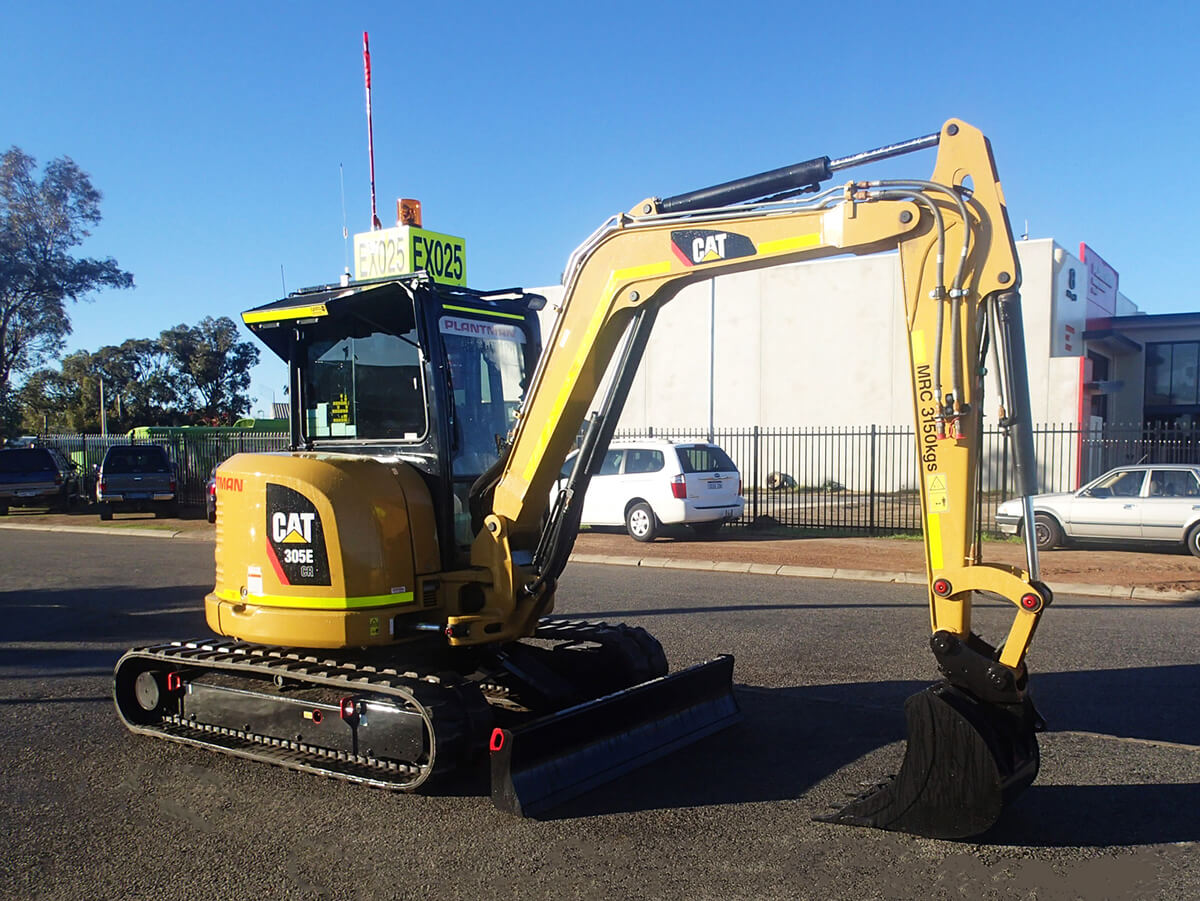
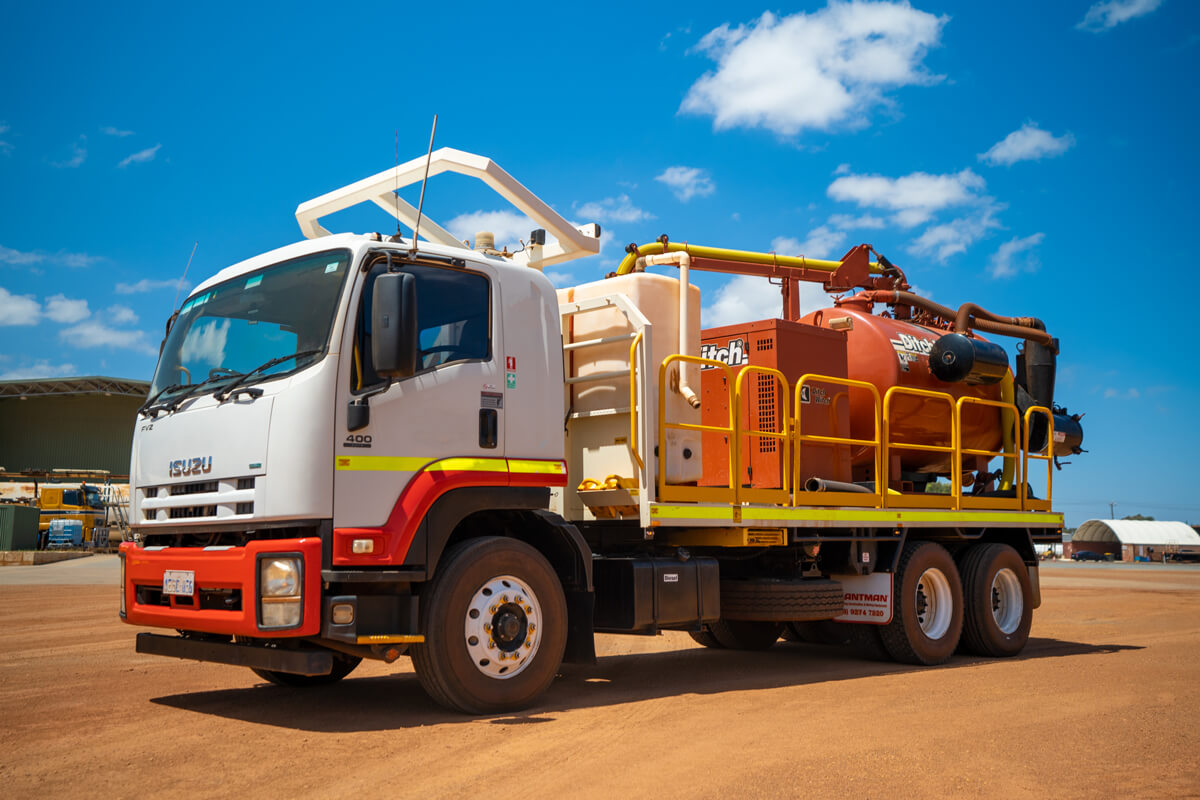
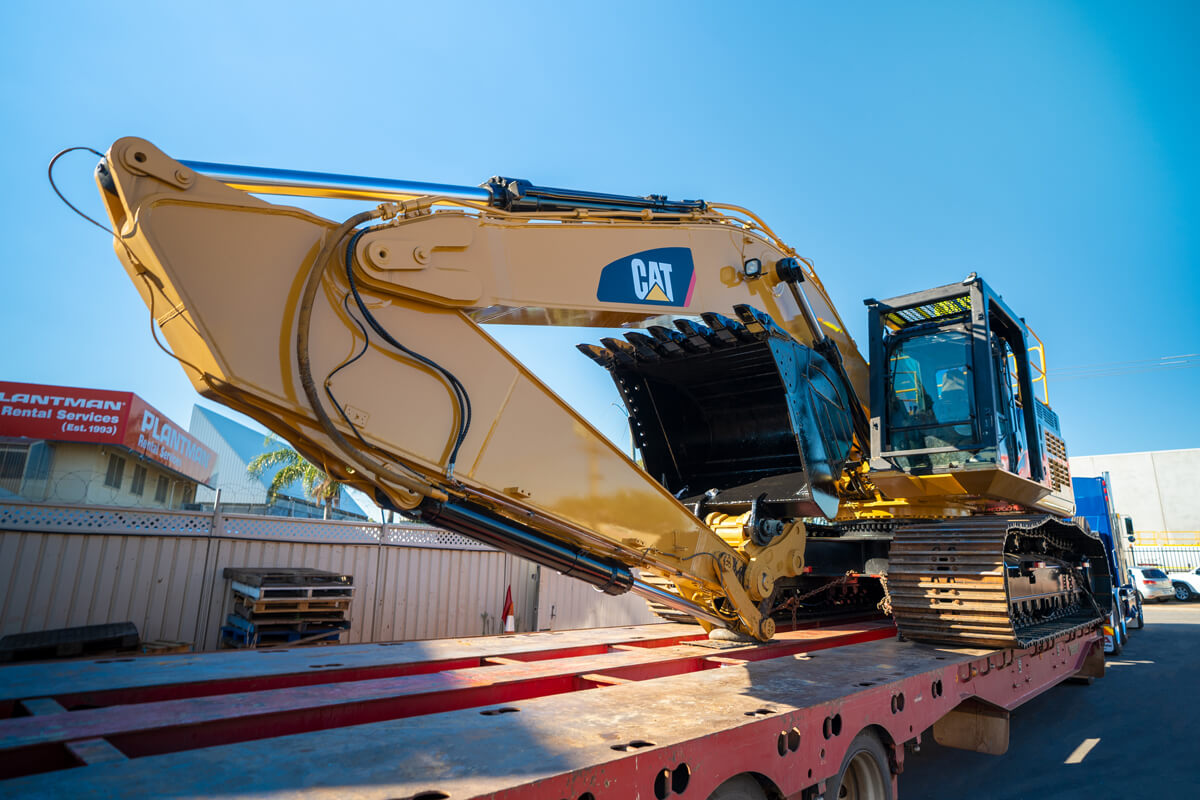
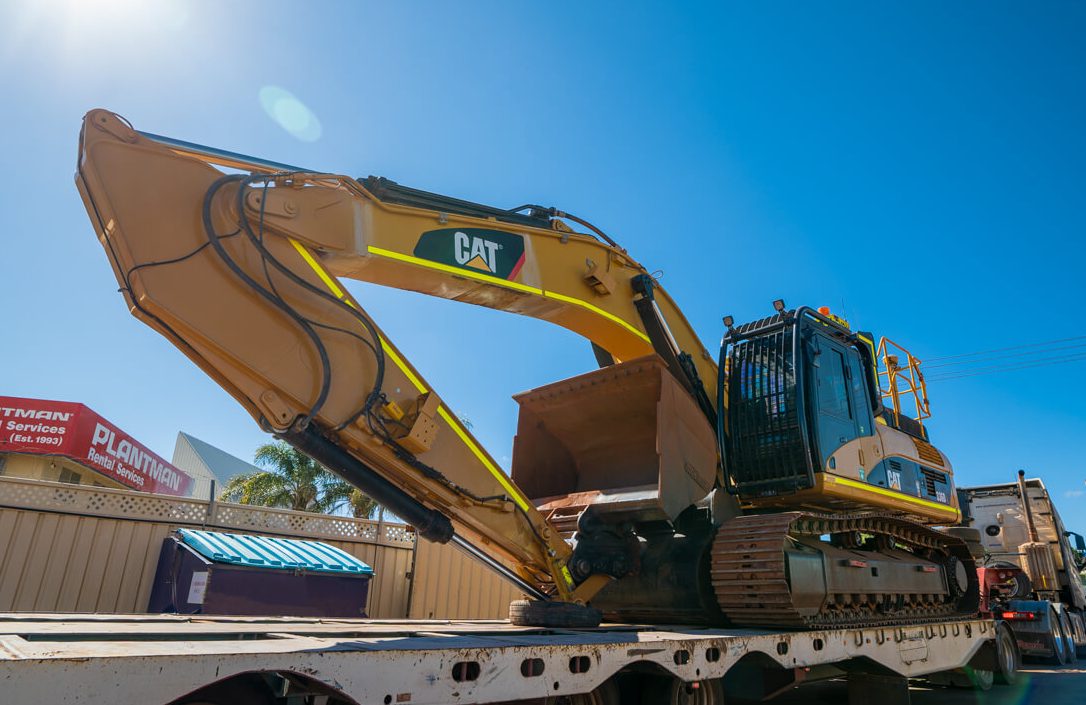
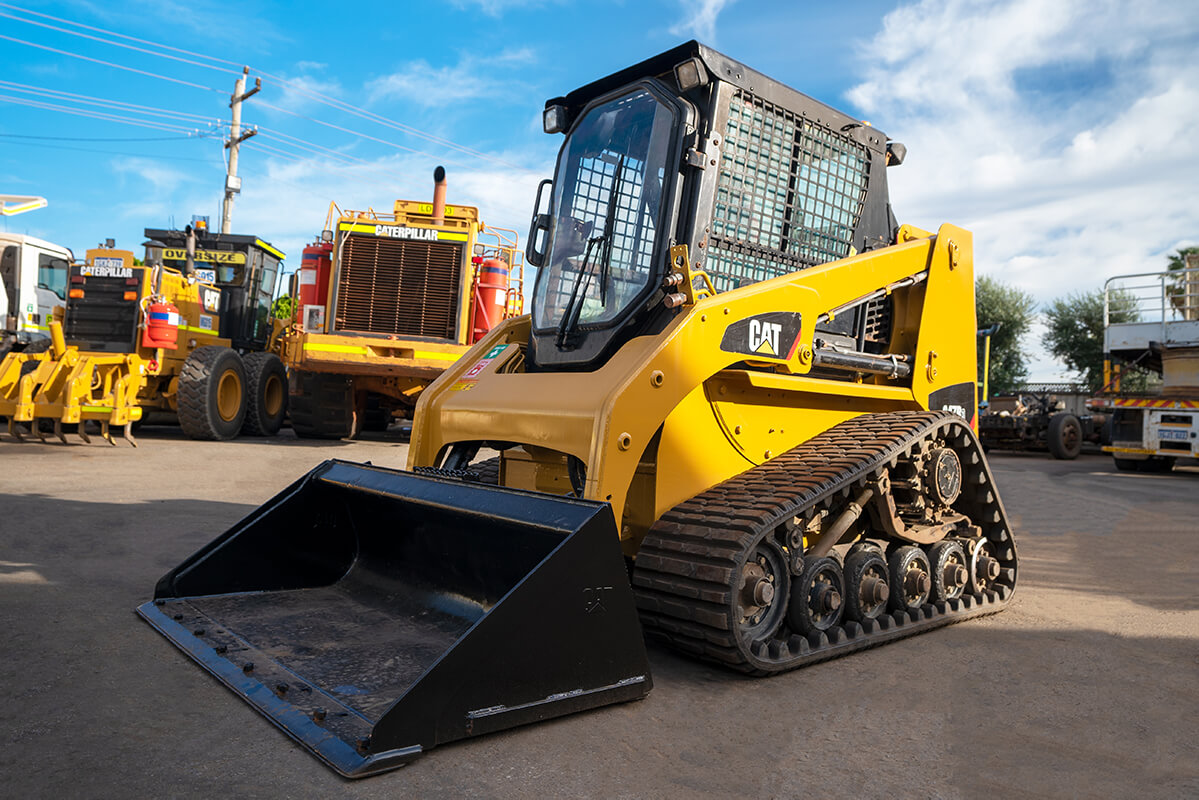
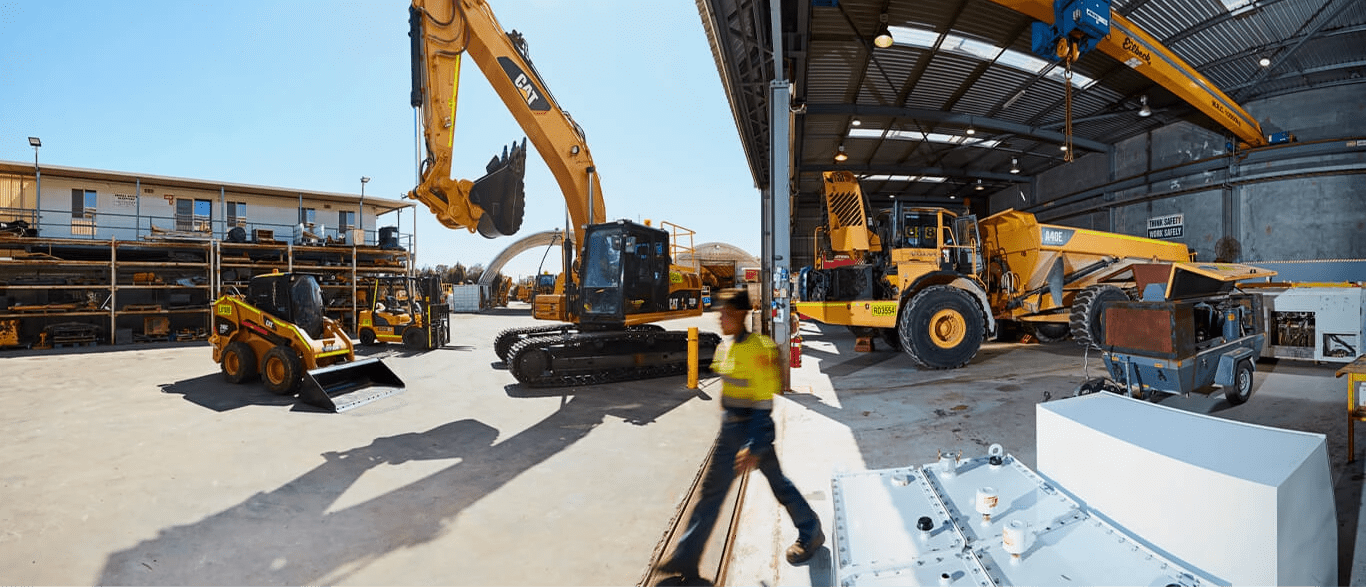

Now that I’ve found Plantman and they’re local which is a bonus, I won’t need to look elsewhere. They also have an extensive range of equipment that suits our requirements for servicing the mining industry. I have no hesitation in recommending Plantman to any of our clients. Well Done!!!